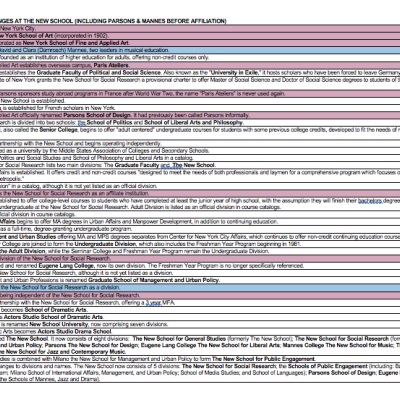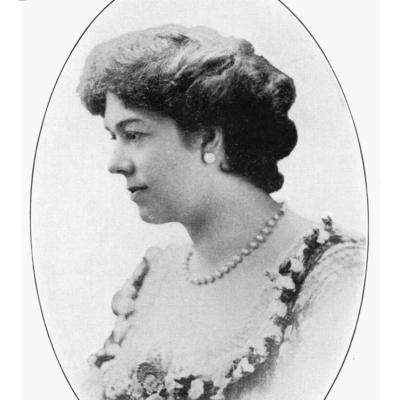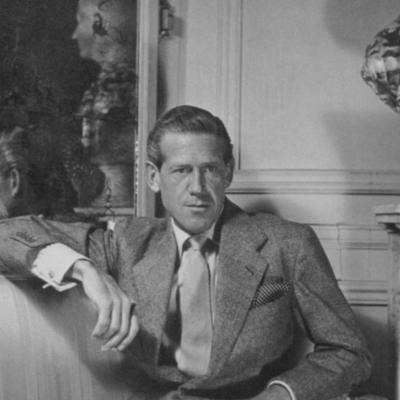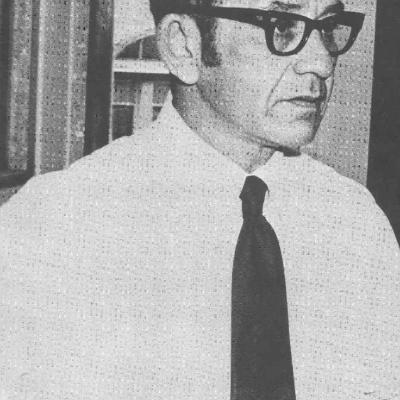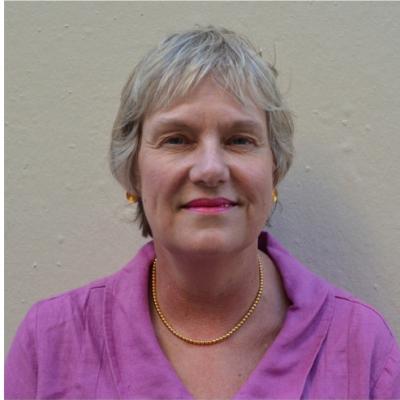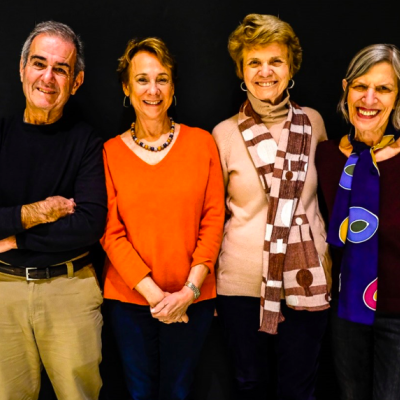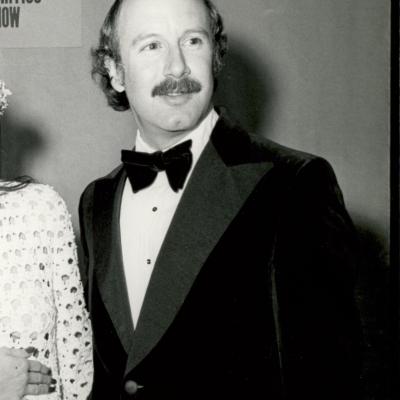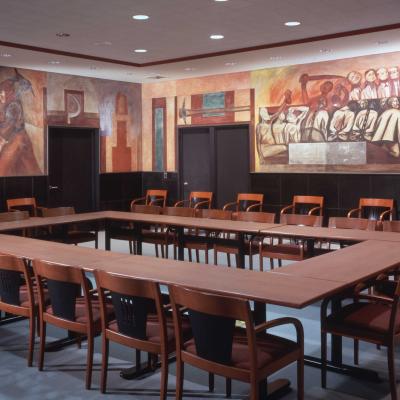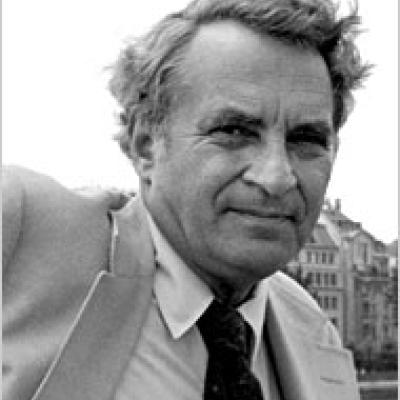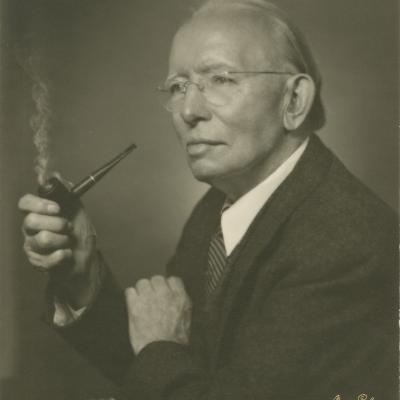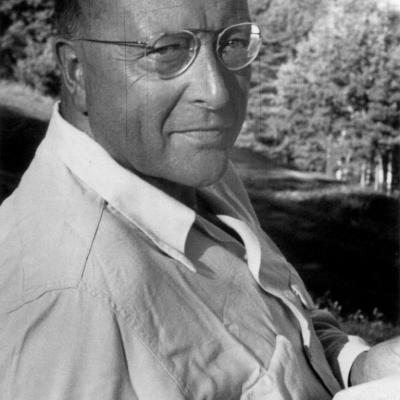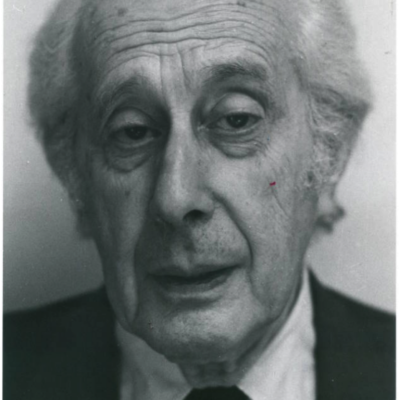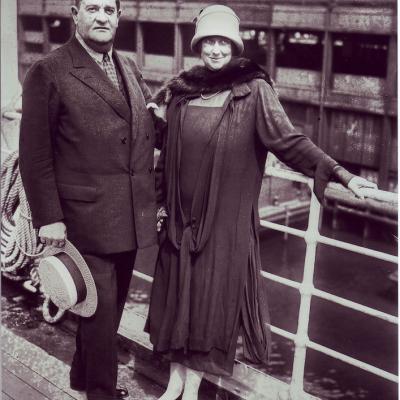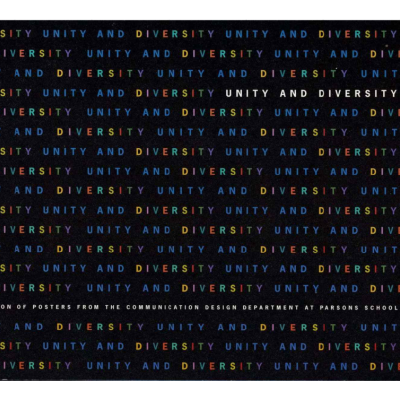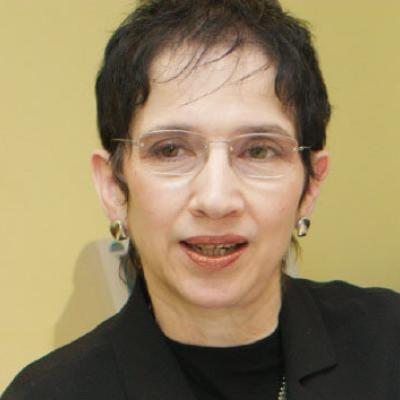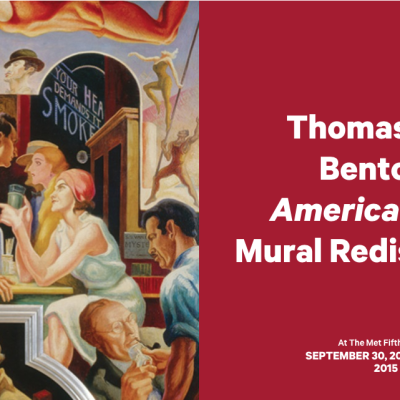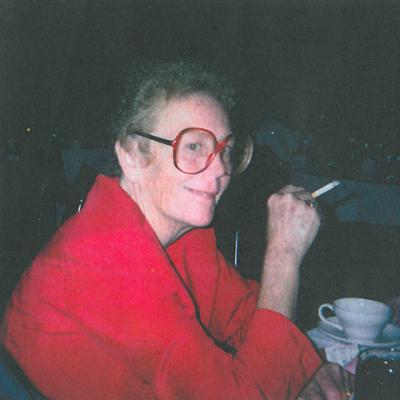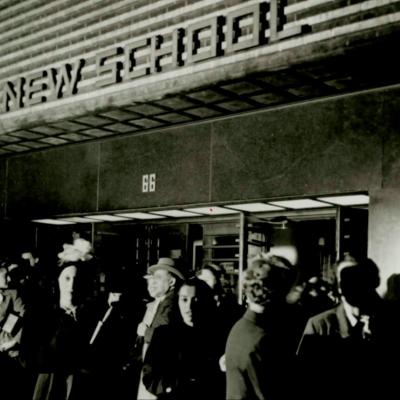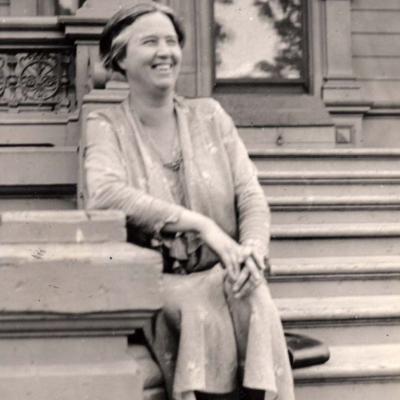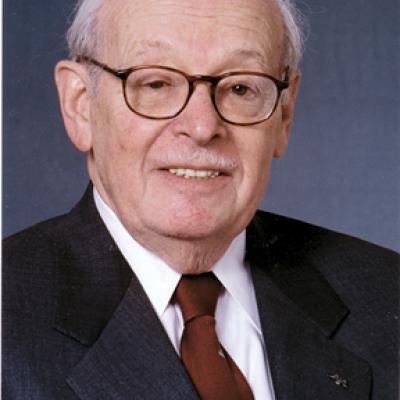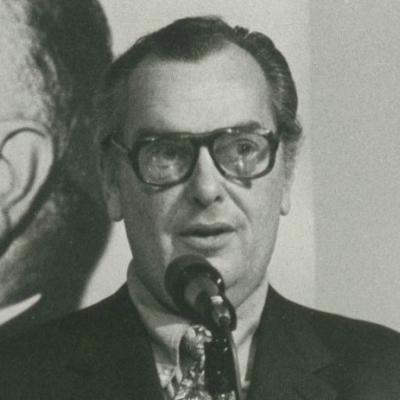Category: Administration
A Very Brief, Very Broad Overview of The New School
The New School for Social Research was founded in 1919 as an institution of higher education devoted to adult learning.
Chronology of Major Name Changes at The New School
| 1896 | Chase School of Art founded in New York City. |
| 1898 | Chase School of Art renamed New York School of Art (incorporated in 1902). |
| 1909 | New York School of Art re-incorporated as |
Mardi Gras: A Forgotten Parsons School of Design Tradition
The New School Libraries and Archives was recently contacted by a media archivist at the University of Georgia about an intriguing movie reel in one of its collections. Our Georgian counterpart, Margie Compton, was examining what looked to be a fabulous costume party.
Clara Mannes
Clara Mannes (1869-1948) was a German-American pianist and music educator.
Histories of The New School Libraries
The libraries of The New School have been a vital source for scholarly study and creative inspiration throughout the history of the school. Before their incorporation as a unified Library, The New School, Parsons School of Design, and Mannes School of Music each had separate libraries.
Van Day Truex: Designer and Catalyst
Even if you were Van Day Truex, the year was 1952 and you had just resigned as president of the Parsons School of Design to take a shot at a private life, you will still be stunned by the enormity of such carte blanche. Imagine its happening twice in a lifetime.
Van Day Truex
Van Day Truex was a Parsons Alum, and later became the Professor of Interior Design. He was on the administration at Parsons for over thirty years. You can read more about him here.
Student Designers Face Up to Reality
"We have an opportunity to do something here that was done only once before—at the Bauhaus," said David C. Levy, executive dean of the Parsons School of Design.
David C. Levy
David C. Levy worked at the Parsons School of Design as an administrator from 1961-1991. You can read more about him here.
William Birenbaum
William (“Bill”) Marvin Birenbaum (1923-2010) served as dean of the New School for Social Research’s Adult Division (also known as “the Founding Division”) between 1961 and 1964.
Oral History Interview with Benjamin Patterson
The following oral history transcript is the result of a recorded interview with Benjamin Patterson on 2009 May 22. The interview took place at Patterson's home in New York, N.Y., and was conducted by Kathy Goncharov for the Archives of American Art, Smithsonian Institution.
Kathy Goncharov
Kathy Goncharov was the director of the New School Art collection for about twelve years. You can read about her here.
A Streamlined Antioch Appears on the Way to Survival
"I personally was not terribly proud of some of those centers in terms of academic quality, and they were also in places that were quite remote from our ability to easily manage." Dr. Birenbaum said. "There were a few that we closed because of the academic quality.
New York’s New School
The New School for Social Research was not founded for interested graduate students who did not want degrees, as J. Kirk Sale asserts ["The New School at Middle Age," July-August 1969], but for interested adults of varied educational backgrounds.
New Moves for New Times
It was 1954 and Julien J. Studley had been working as a real estate broker in New York City for several years.
The New School for Social Research: A “Second-Chance” Program for Women
Since its creation, the Center has changed its character dramatically from a leisure- and volunteer-activity orientation to a no-nonsense commitment to devising ways for women to get back into the mainstream.
In Search of Popular Culture: The 60s Legacy
Sondra Farganis, chairwoman of the social sciences at the New School for Social Research in New York City, supports the importance of popular culture as a course of study. She also believes it belongs in the sociology or history departments.
French Satire and its 300-Year Bite: Art
According to Mr. Mocsanyi the show is the first in the United States to survey the "continuous flow" of French satire from the beginning of the 17th century to World War 1.
The Guardian of New York’s Living Heritage: Panel Oversees Historic Districts with a Loving Eye
When Gerald and Beatrice Banu sought approval for refurbishing the cast iron balustrades that grace the front of their 114 year-old Greenwich Village brownstone, the New York City's Landmarks Preservation Commission quickly gave its approval.
Managing the IRP
Parsons Deans and Presidents
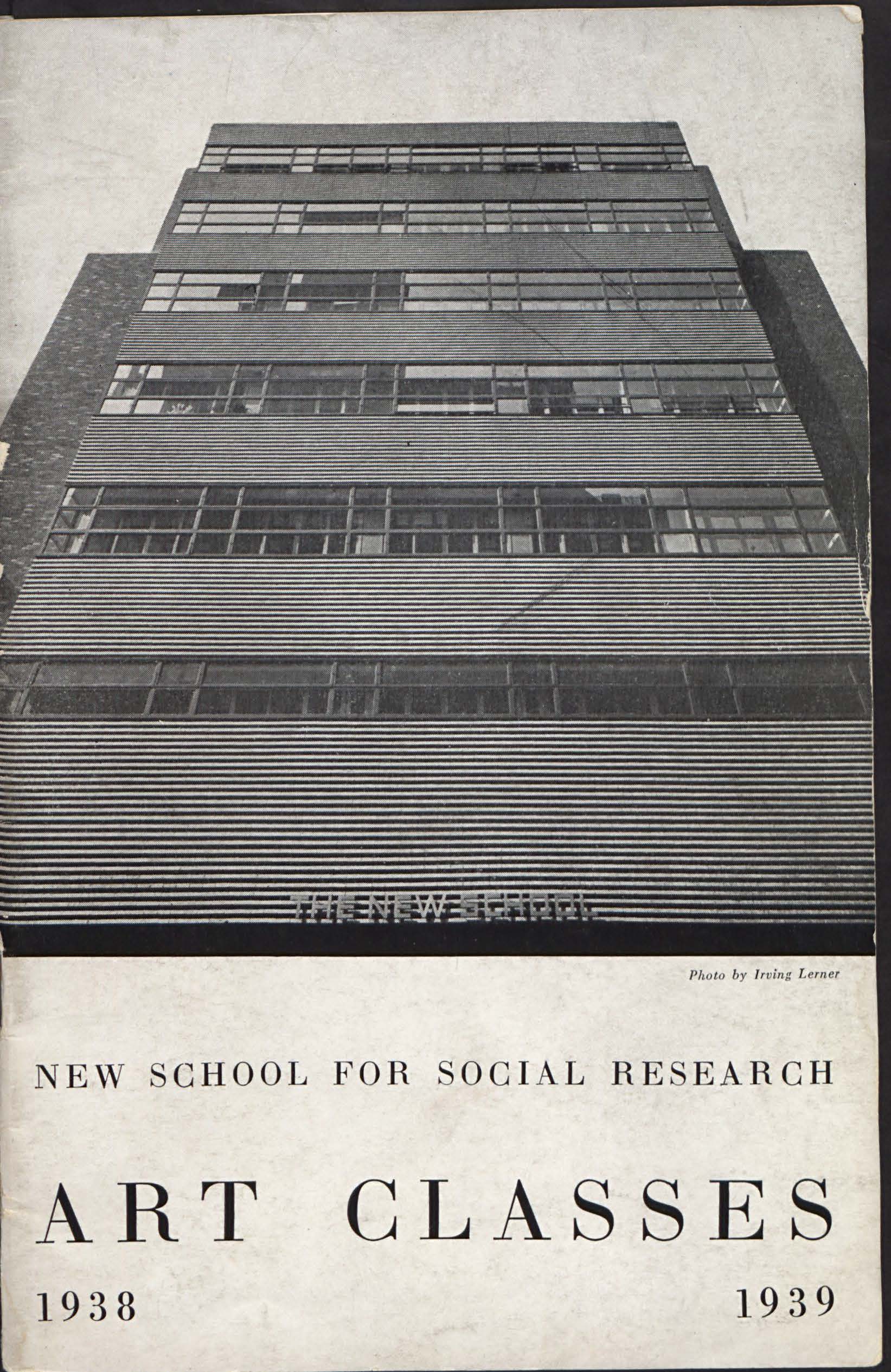
Parsons Deans and Presidents
William Merritt Chase, 1896-98 (rem
A New Vision
The old building at 65 5th Avenue was awkward, badly lit, uninspiring, and ultimately, unsustainable. Of course the old building was never intended to serve as a functional academic facility.
Albert Landa
Albert Landa, born Abraham Willie Landa in 1927, was a public relations executive at The New School from 1960 to 1985. He played a central role in developing the school into the university we know today, and securing its financial base.
Alvin Johnson, Deliver Us from Dogma
If someone told you that students from the New School are very open-minded, that would not be surprising.
Hans Simons
Hans Simons may best be known as a successful president of the New School rather than as a scholar. But his scholarly and administrative work in politics was typical of many of the refugee scholars who formed the University in Exile.
Paul Mocsanyi
Paul Mocsanyi (in Hungarian, Mocsányi Pál) initiated and directed the New School Art Center for about 15 years.
Mary Urban
Mary Urban held many roles at the New School as an administrator and wife of Joseph Urban, the architect of the flagship building of the New School for Social Research at 66 W. 12th Street. She was born Mary Porter Beegle, probably in 1881, in Ocean Grove, New Jersey.
Sondra Farganis
“Breaking the rules, taking risks comes at a price,” says Sondra Farganis, Director Emeritus of both the Vera List Center for Art and Politics (VLC) and the Wolfson Center for National Affairs at the New School (WC).
The Legacy of Diversity at The New School
From its opening in 1919, The New School has prided itself on being a progressive institution, focused on creating an innovative space for learning and practice. The founders envisioned a college that allowed students and professors to engage intellectually and freely.
Bea Banu
You walk into her office on the ninth floor of Joseph Urban’s Modernist architectural masterpiece, Alvin Johnson/J.M. Kaplan Hall, at 66 W. 12th St. She gives you a warm smile with a firm, friendly handshake.
How Can We Use Our Art? An Investigation into the Copyright and Use Policies of The New School Art Collection
Once in a while, a team encounters a hitch during project making that opens up a new layer of investigation. That hitch, for us, came as we were gaining access to the famous Orozco murals on the 7th floor of 66 W. 12th Street.
America Today (and The New School) at the Met
The New School has its well-known triumphs, from the rescue of persecuted scholars that formed the University in Exile to its groundbreaking courses in film, psychoanalysis, and urban studies. But, as with most institutions, there is little attention to more controversial decisions.
Wally Osterholz
The New School has attracted a string of devoted, long-serving administrators, most of whom have been women. One of them was Wally Osterholz, who worked in the Adult Division for forty-five years, from 1962 to 2007.
Clara Mayer
Clara Woolie Mayer (1895-1988) is possibly the most important forgotten figure in New School administrative history.
What Does it Mean to Be a Progressive University?
For Staff Development Day, Julia Foulkes and Mark Larrimore delivered the keynote address, providing a historical look at the university. Staff, faculty, and friends of the university often tag it as “progressive.” But what exactly does that mean? And what has it meant in the past?
The Founding, 1919
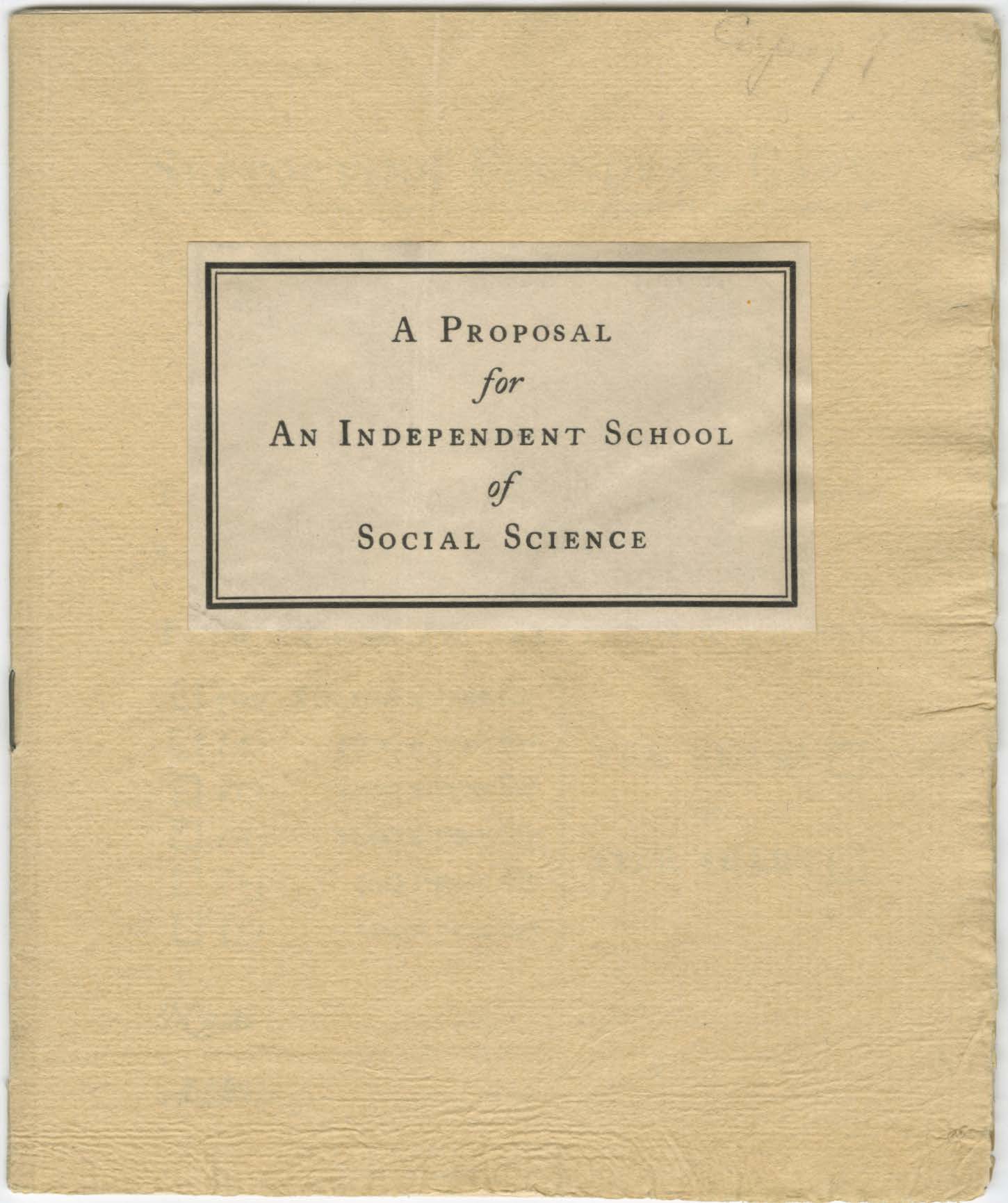
Agnes de Lima
Agnes de Lima was born in New Jersey to a conservative banking family that had emigrated from Curaçao. De Lima grew up in Larchmont, New York, and New York City, and graduated from Vassar College in 1908, majoring in English.
Eugene Lang
Eugene Lang made large donations to The New School’s undergraduate liberal arts college—Eugene Lang College. You can read more about him here.
Reflections on the New School’s Founding Moments, 1919 and 1933
From its very beginning, the New School has wrestled with the consequences of unfreedom, fear, and insecurity, working to advance John Milton’s ringing affirmation of 1643: “Give me liberty to know, to utter, and to argue freely according to conscience, above all liberties.” It has tr
Greenwich Village and the Soul of a Woman (On Clara Mayer)
Clara Meyer, the heart, brains and soul of the New School for Social Research from 1919 until 1960 hired me as registrar, that is, bean counter, during those early WWII years while I was attending Columbia College and awaiting my call up in the U.S. Army Reserve Corps.
Alvin Johnson
Alvin Saunders Johnson (December 18, 1874 – June 7, 1971) was an American economist and a co-founder and first director of The New School.
Allen Austill
I never had the pleasure of knowing Allen Austill directly. I heard him spoken of by others, usually in high praise.

